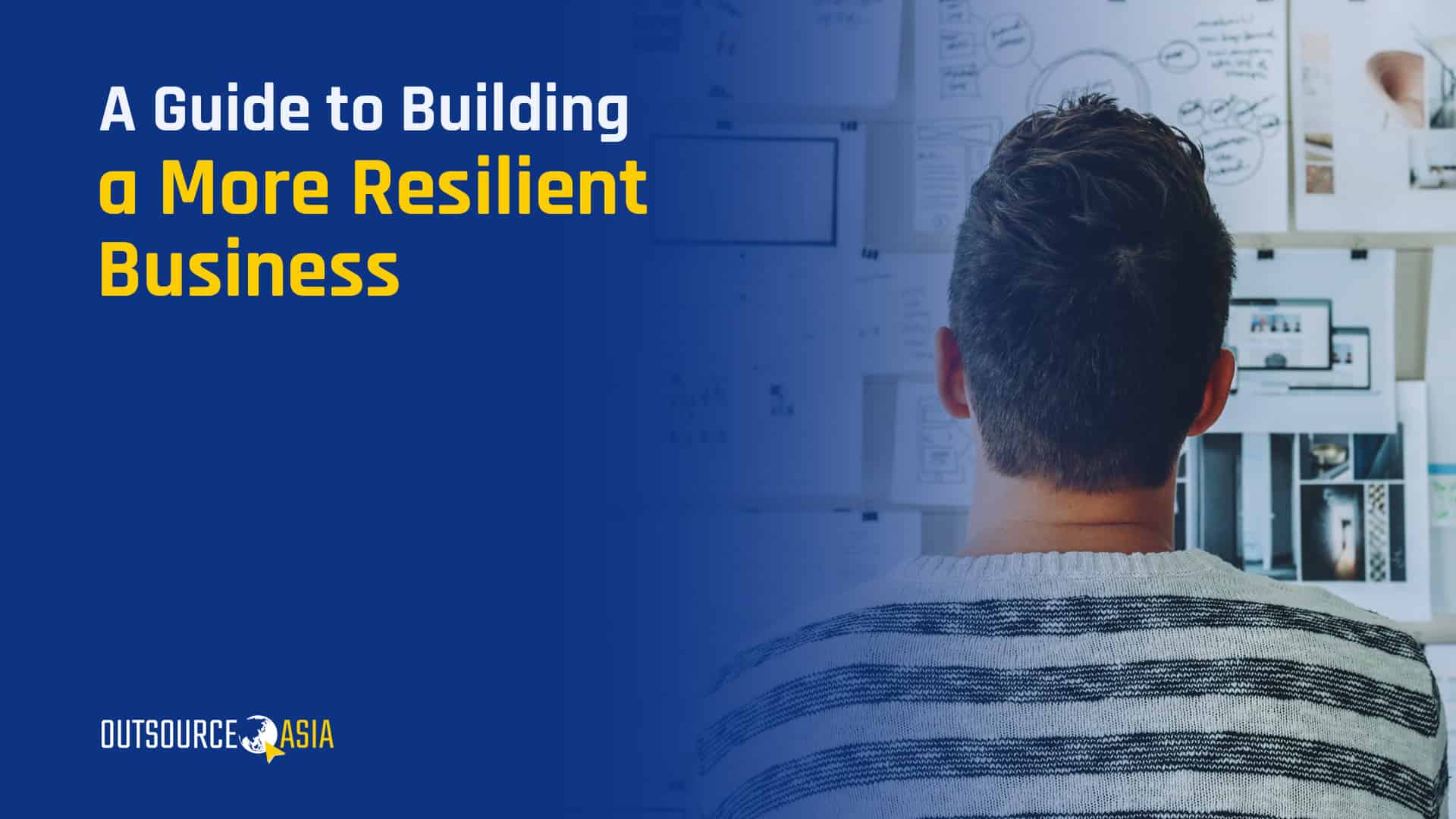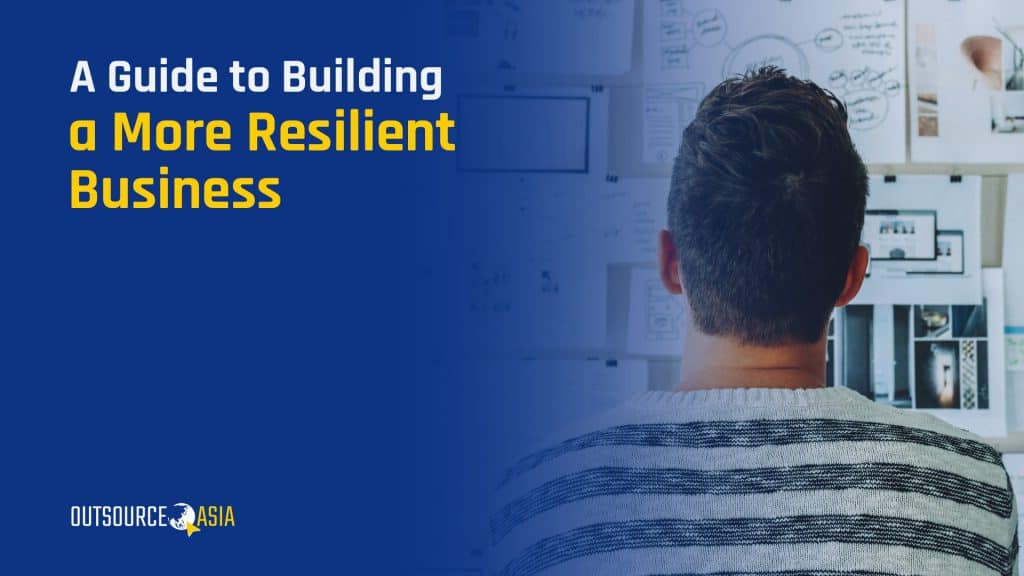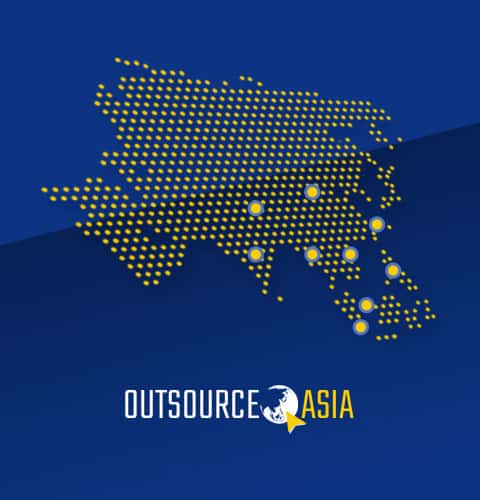
As industries navigate new working norms, there is a need to identify both short-term stopgaps and long-term solutions while quickly adapting the workforce and business priorities to internal and external challenges in any market. In this post-viral era, building a more resilient business is the name of the game.
Why Resilience Is Important
Resilience is defined as an organization’s capacity to face risks and threats, recover critical functionality and efficiency, and sustain impressive business performance in altered circumstances.
As the business environment is becoming more dynamic and unpredictable due to several enduring forces stressing and stretching business systems, resilience is especially important today. Resilient organizations are best placed to survive an economic slowdown and ride out uncertainty.
The most ideal business model is one that has a strategic, systematic approach to creating, implementing, and successfully managing resiliency enhancements that strengthen the organization.
The Challenge of Measuring and Managing Resilience
Traditional management approaches have several important limitations that make measuring and achieving resilience difficult.
First, organizations have been created and focused to maximize shareholder value from dividends, short-term returns, and stock appreciation. Identifying and measuring resilience beyond merely disclosing specific material risks is sometimes neglected. Business resilience dictates foregoing a limited amount of functionality or efficiency today to enable the organization to experience a more-sustained performance in the long run.
Second, organizations only consider and hold on to stable business models where all factors are clear, predictable, and unchanging. Business resilience deals with the unknown and its corresponding significant consequences.
Third, corporate capitalism treats each organization as an economic island that functions and thrives individually. This simplifies management, financial stability, and accountability but does not clearly state the social interdependence between different stakeholders and the extent of their roles and responsibilities before and after experiencing disruptions or disturbances. In contrast, resilience is a property of systems; a resilient business is one where its supply base, social systems, and customer base have an interconnected and multi-faceted capability to avoid, absorb, adapting to, and recover from disruptions or disturbances.
Four Steps To Create Short- And Long-Term Business Resilience
- Focus on your people
People are the foundation for business resilience. Trust and empower your people to do their jobs. Communicate clearly and give them the tools they need. They’ll find solutions that help you thrive today and tomorrow.
- Support your partners
Equipping the organizations for change is crucial but this should extend to your business partners. Monitor critical partners’ access to data, cybersecurity, and financial health to minimize risk and increase effectiveness.
- Safeguard your technology
Technology can either protect or expose the organization to risks and threats. Find and implement cybersecurity solutions that can safeguard your business through turbulent times.
- Plan for sustainability
Organizations need to make significant and ongoing investments in sustainability. A flexible workforce, succession planning, and disaster recovery efforts can all help reinforce business resiliency.
Building Resilient Enterprises
These are the six principles that can guide business leaders and organizations to building a more resilient business:
- Adaptability is the ability to evolve, diversify, and thrive through trial and error. Organizations with adaptive capabilities have processes, structures, and operations designed for flexibility, learning, and resilience.
- Embeddedness is the alignment of a company’s goals and activities with those of broader systems such as supply chains, business ecosystems, economies, societies, and natural ecosystems.
- Diversity of action plans to new stressors or disruptive incidents ensures that systems do not fail catastrophically. Create a business environment that promotes active collaboration, innovation, and pursuit of excellence while filling up the workforce with skilled professionals from different backgrounds, multiple expertise, and with different cognitive profiles.
- Redundancy buffers systems to anticipate, absorb, recover, and adapt against unexpected disruptions and disturbances. Plan to have different products/services that achieve the same end (functional redundancy) or rely on several different suppliers to produce/duplicate the same products/services.
- Modularity allows individual elements to perform inefficiently or experience failure without halting or destroying entire business operations. This is possible when an organization has well-defined interfaces which can be divided into smaller chunks and can be recalibrated more rapidly during and after a disruptive incident.
- Prudence involves developing contingency plans, analyzing system vulnerabilities, and testing for plausible risks with significant consequences.
In today’s business world, business leaders must be able to explicitly design for, measure, and manage resilience. Outsource Asia can help. Schedule for FREE CONSULTATION today.



